October 16, 2016
Placemaking Design: Public Spaces for the Community
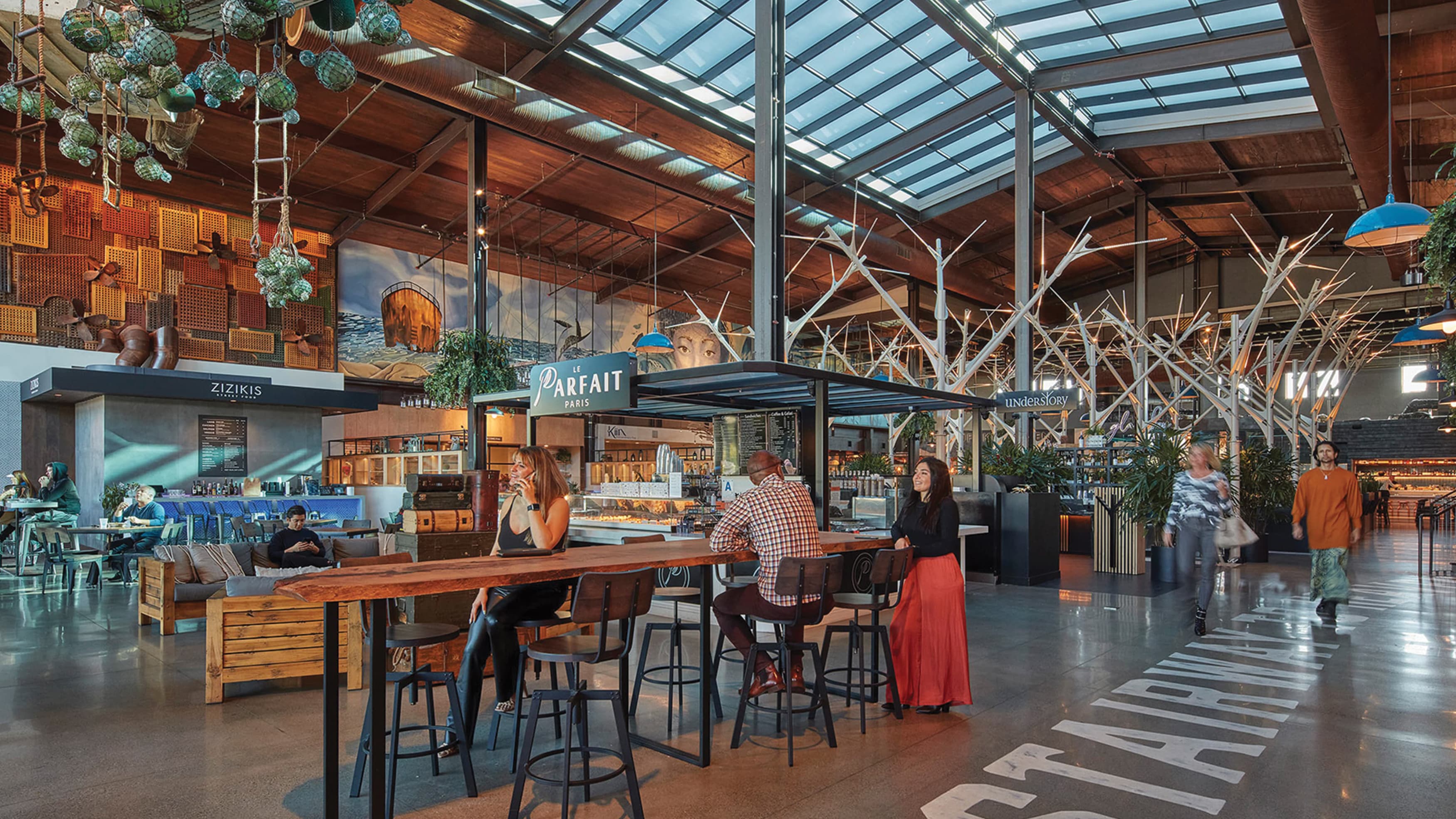
October 16, 2016

Placemaking design is a collaborative process of designing public spaces that are functional, engaging, and reflective of the community's culture and identity. The purpose of placemaking is to develop environments that foster a sense of community and encourage communication among friends and neighbors. Public art, wayfinding signage, landscaping, lighting, and street furniture are just a few examples of the many design components that are used. The goal of placemaking is to create public spaces that are more livable, sustainable, and socially inclusive, thereby enhancing community health and well-being. Making public spaces safe, usable, and welcoming for everyone is another requirement of a great public space. An infusion of creativity makes for places people continue to visit and share with others.

Placemaking and urban design date back to ancient times when it was used to create a sense of belonging and community. The creation of public spaces that reflect the beliefs, values, and traditions of various cultures has the power to bring together people of different backgrounds. A writer by the name of William Whyte first used the term "placemaking" in the 1960s. According to Whyte, it involves "the planning, design, management, and programming of public spaces" He thought that effective places required a thorough understanding of how people use public spaces, what engages or eases them.
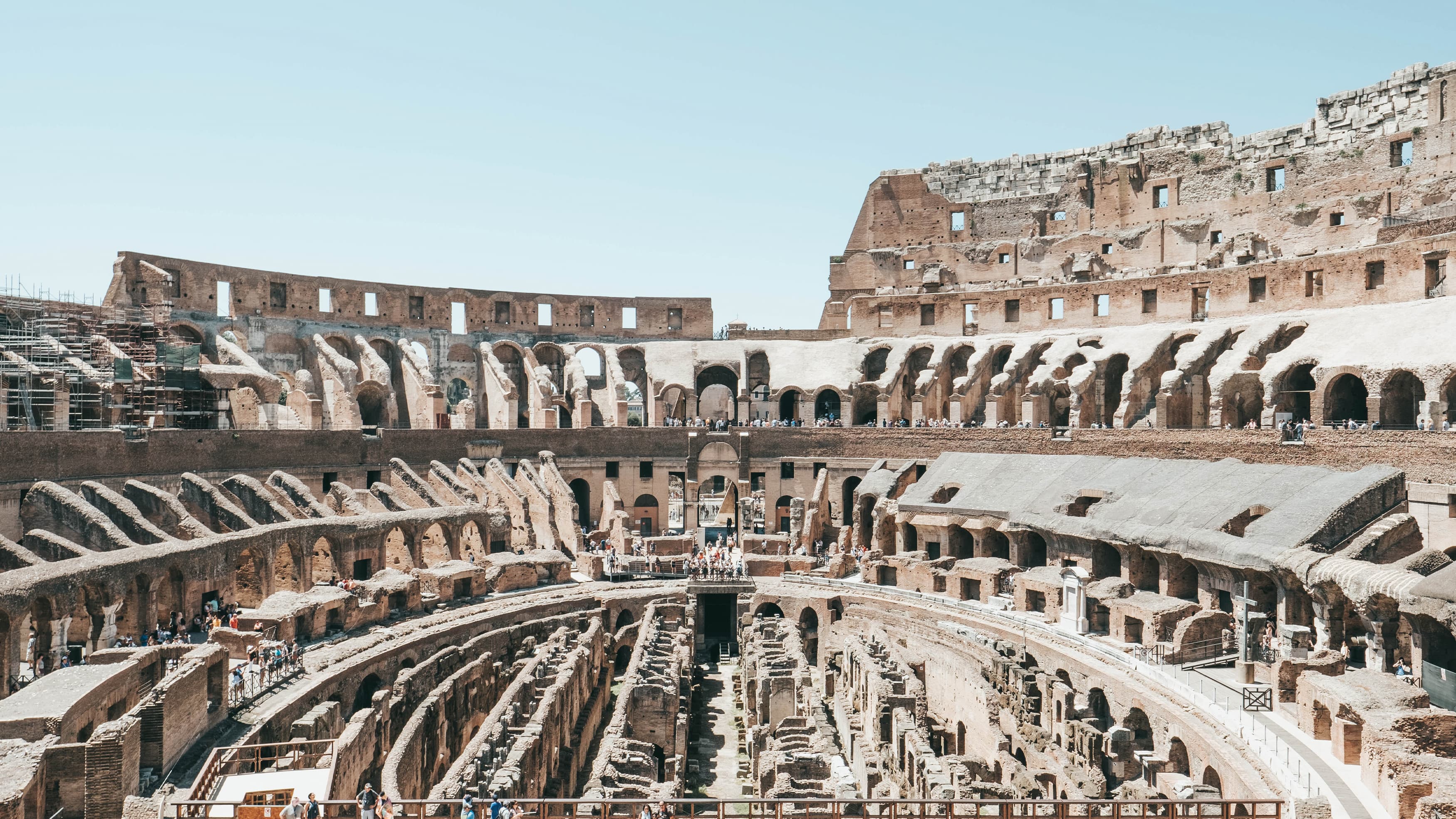
Another important person in the history of placemaking is Jane Jacobs, an urbanist and activist who wrote extensively about the value of local communities shaping their own environments incrementally and organically. Jacobs' most famous book, "The Death and Life of Great American Cities" (1961), critiqued the large-scale redevelopment projects. Cities should be planned to support diverse communities and human-scale neighborhoods. Her concepts contributed to a trend of more neighborhood-focused urban planning and design, which still has an impact on placemaking today.
Overall, the history of placemaking design demonstrates that many cultures and societies throughout history have placed a high priority on creating interesting and useful public spaces. The modern idea of this field has developed from these foundations, incorporating fresh concepts and strategies to create public spaces that speak to the desires and needs of modern day.
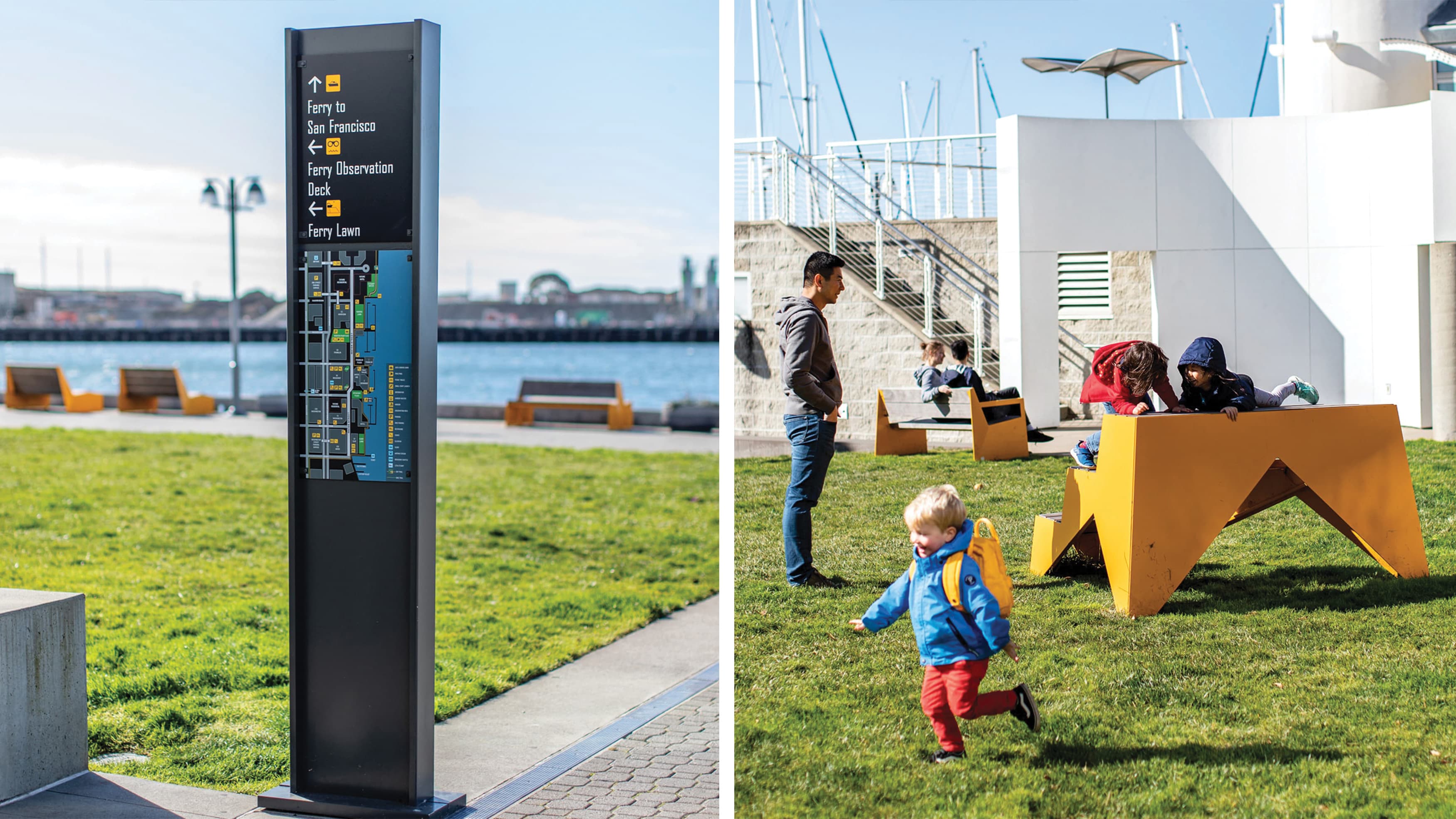
Spatial design is not a one-size-fits-all process. It can take many different forms, each must be customized for the particular needs of their community, stakeholders, and developers. The examples below are all waterfront projects in California, within 40 miles of each other, some even closer. Even with such close proximity, and similar surrounding, these projects take a varying approaches to placemaking design. There are 4 defined types of placemaking that can be used alone or with each other:
This strategy entails making physical upgrades to public areas to make them more hospitable and accessible places for people to congregate, play, and unwind. Pacific City in Huntington Beach, CA is directly across from the beach and provides restaurants, retail & dining along with great views and public seating for a relaxing sunset experience.
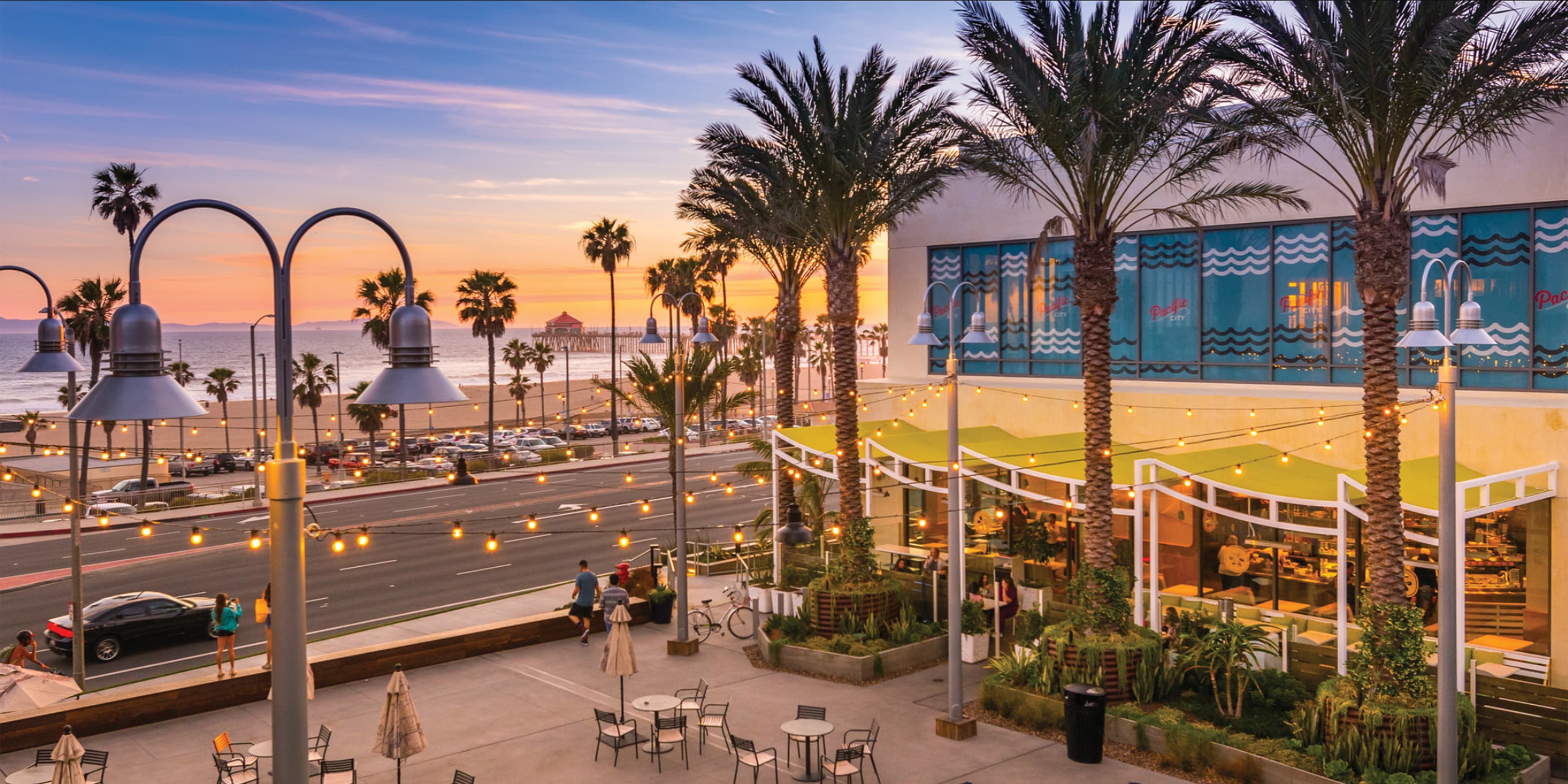
This approach is more focused on aligning placemaking initiatives with broader strategic goals and community needs, such as improving public health, promoting economic development, or addressing social equity issues. The City of Dana Point conducted a rebrand, redevelopment, and economic enhancement effort to stop themselves from being a pass-through city. They wanted to be the destination, and they have done just that. Dana Point is thriving with new developments, city run events, and premium amenities for all residents and guests.
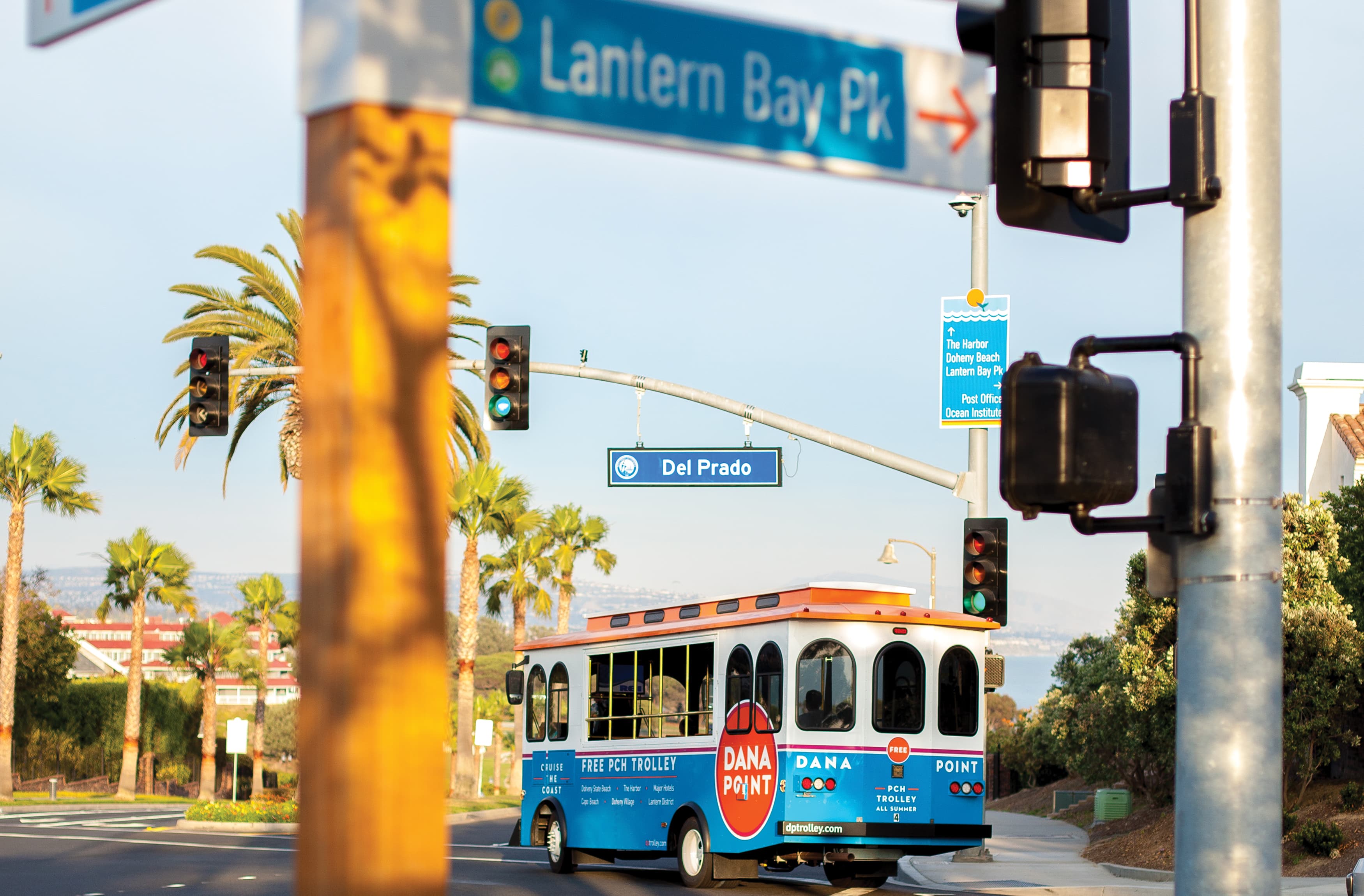
This approach emphasizes the role of arts and culture in placemaking, using creative and artistic interventions to transform public spaces and engage the community. Lido Marina in Newport Beach was designed with a mix of modern and traditional styles, creating a unique and luxurious atmosphere.
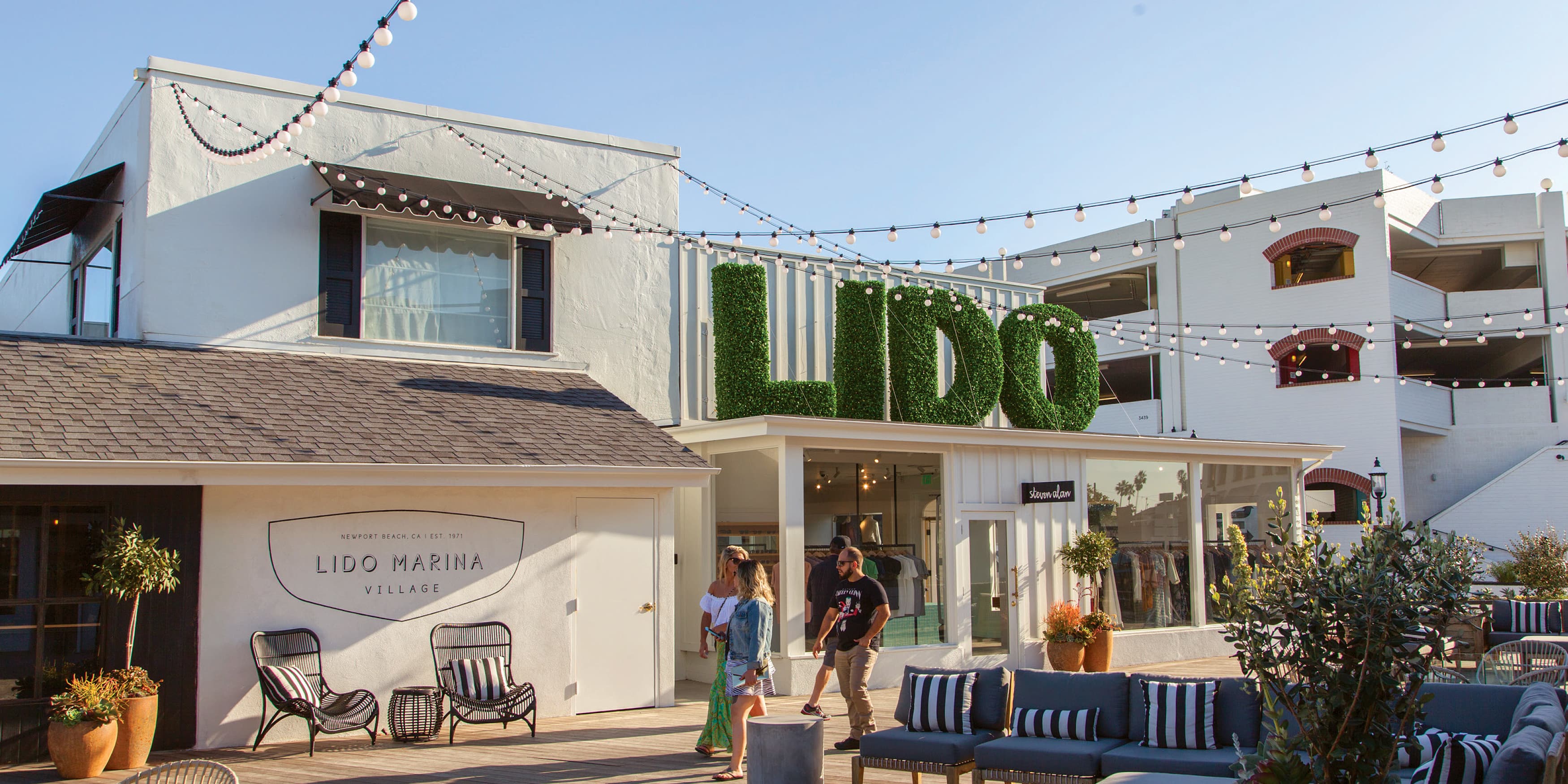
Making quick, low-cost, and temporary changes to public areas in order to test new concepts in the hopes of producing more lively and interesting environments. At Balboa Fun Zone they needed a quick revamp while architecture and longer term plans were in progress. Through painted environmental graphics and simple upgrades to furniture, lighting, and landscaping new life was pumped into the dated project. This revitalized the area and showed that care is being put in, it's a jump start to show that this public place receiving care and improving.
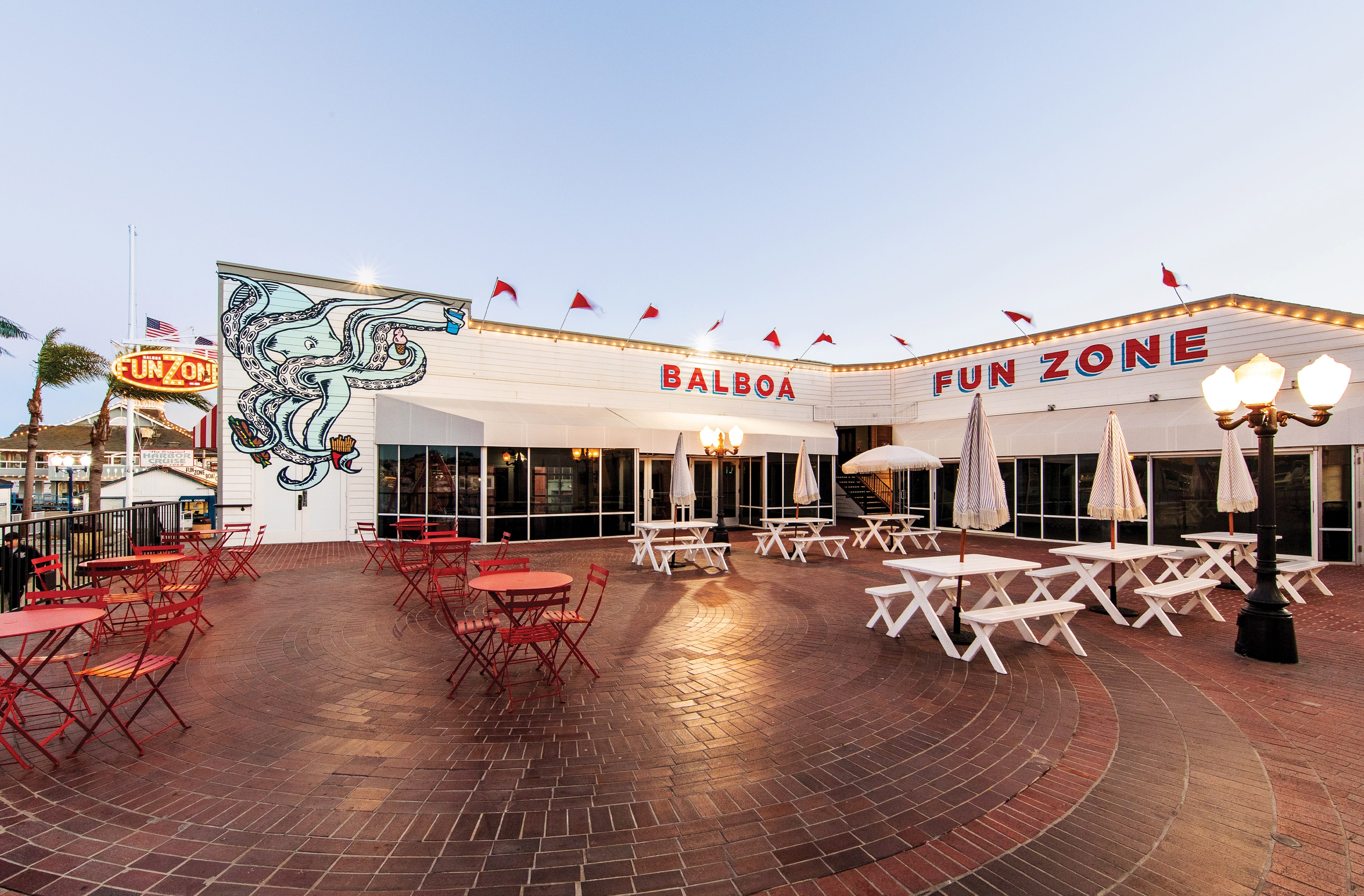
Placemaking is guided by a set of principles that help to create public spaces that are useful, interesting, and reflective of the needs and values of the community. PPS identified 11 principles for placemaking in their book, “How to Turn a Place Around” (1999):
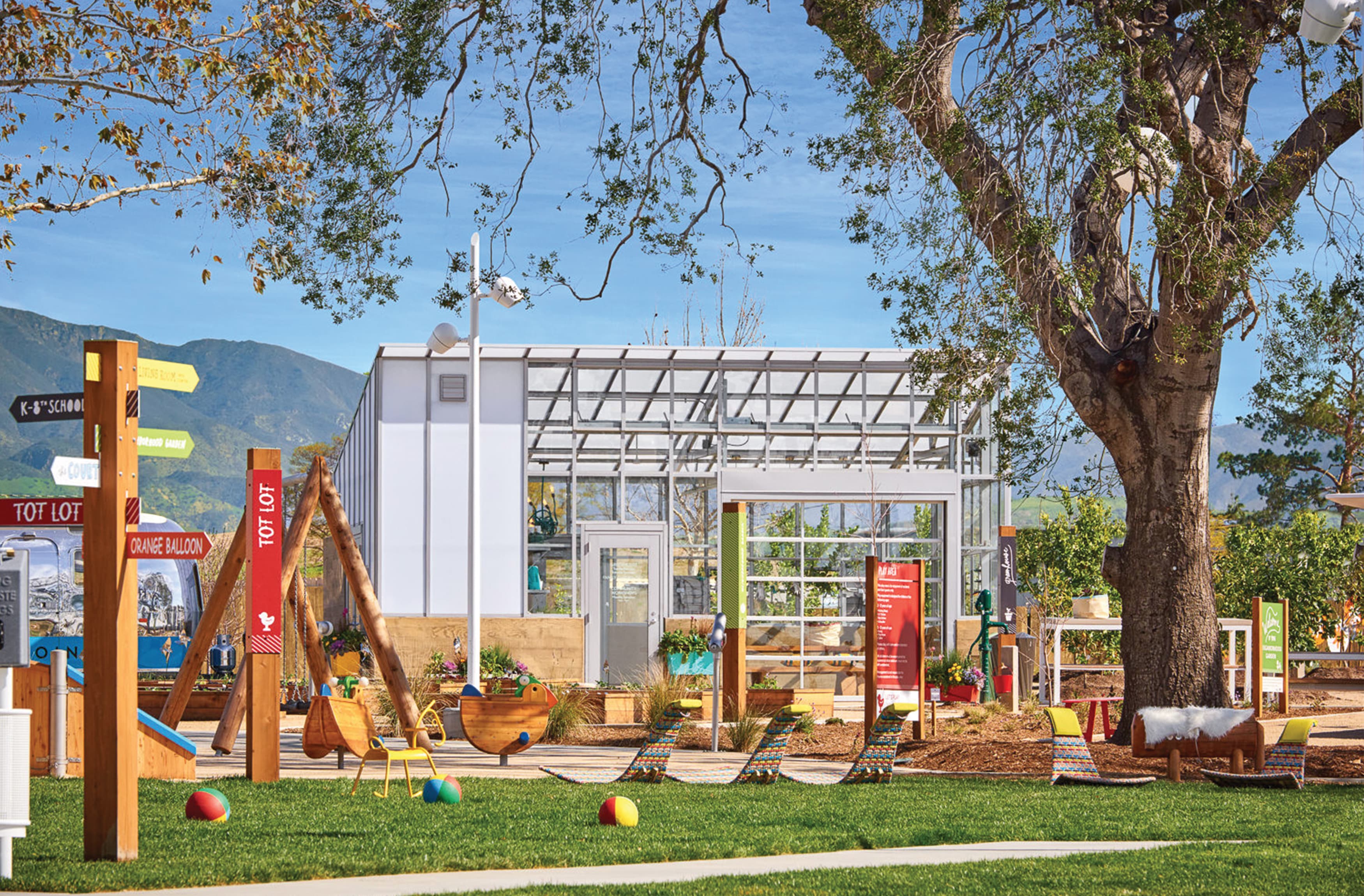
There are countless examples of successful placemaking projects, here are a few examples of successful and creative placemaking projects:
A mixed-use development located in the Point Loma neighborhood of San Diego, California. The development is situated on the site of the former Naval Training Center San Diego and is now home to a variety of businesses, arts and cultural organizations, educational institutions, and residential units.
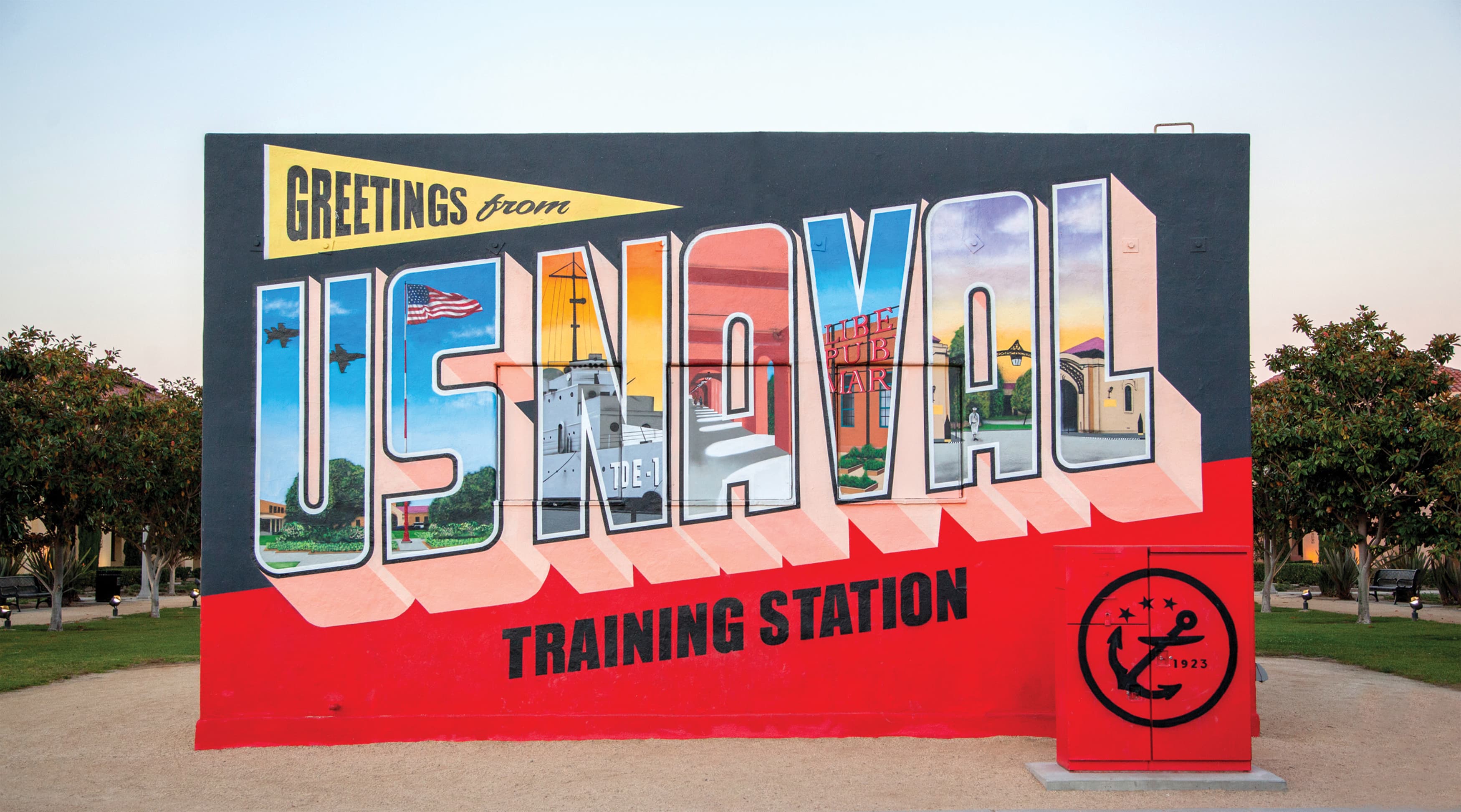
The development covers a 6.2-acre site in the heart of Broadway near several of Nashville's top attractions, including the Ryman Auditorium, the Country Music Hall of Fame, and the Bridgestone Arena. It’s become a popular destination for locals and tourists alike, with its blend of retail, dining, entertainment, and residential offerings.
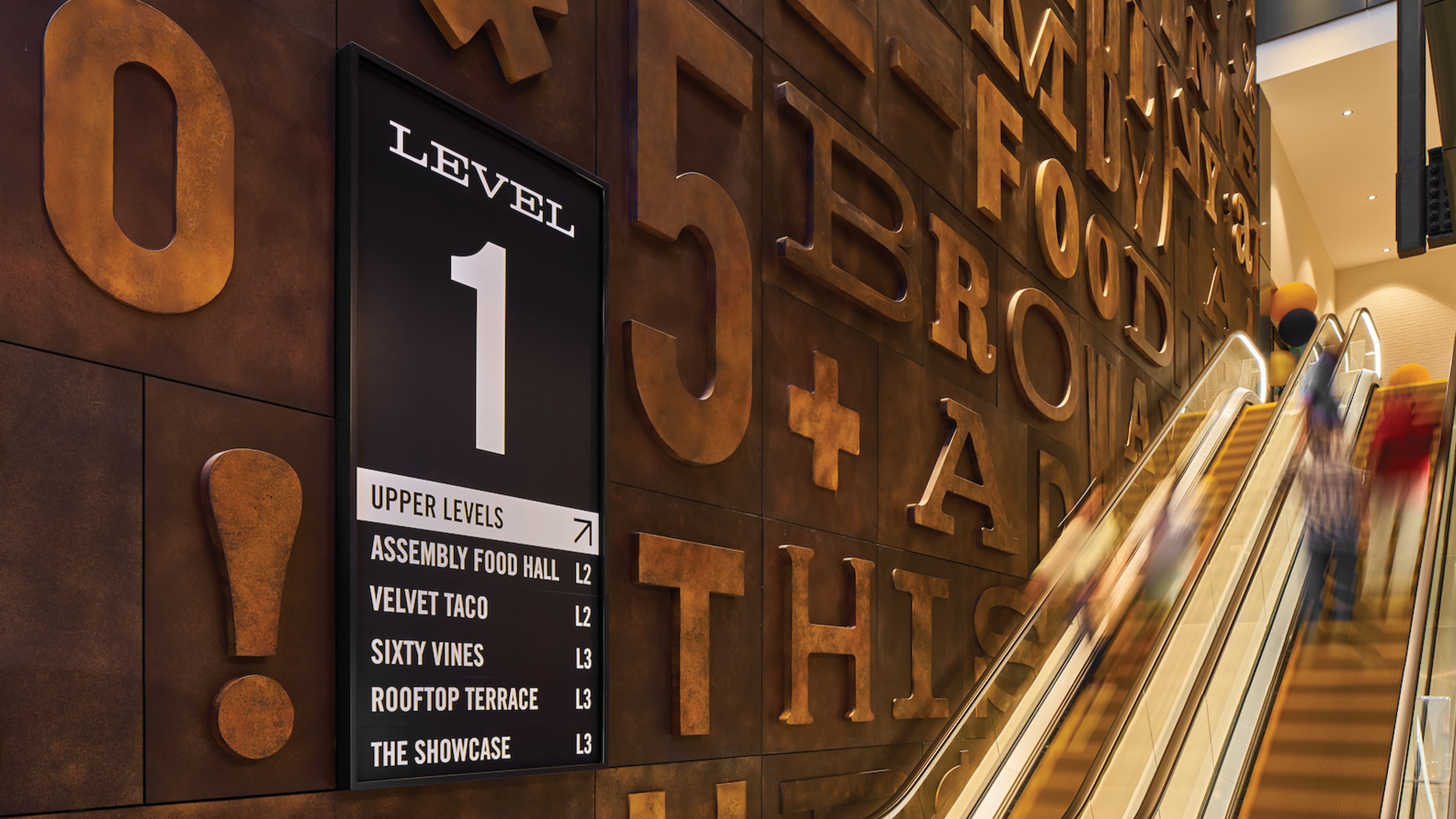
Great Park Neighborhood is a master-planned community located near Orange County Great Park, one of the largest parks in United States. Residents can use the swimming pool, playgrounds, sports courts, picnic areas, and other amenities for the community. Beacon Park and Parasol Park are two of the neighborhood parks which provide a range of recreational opportunities.
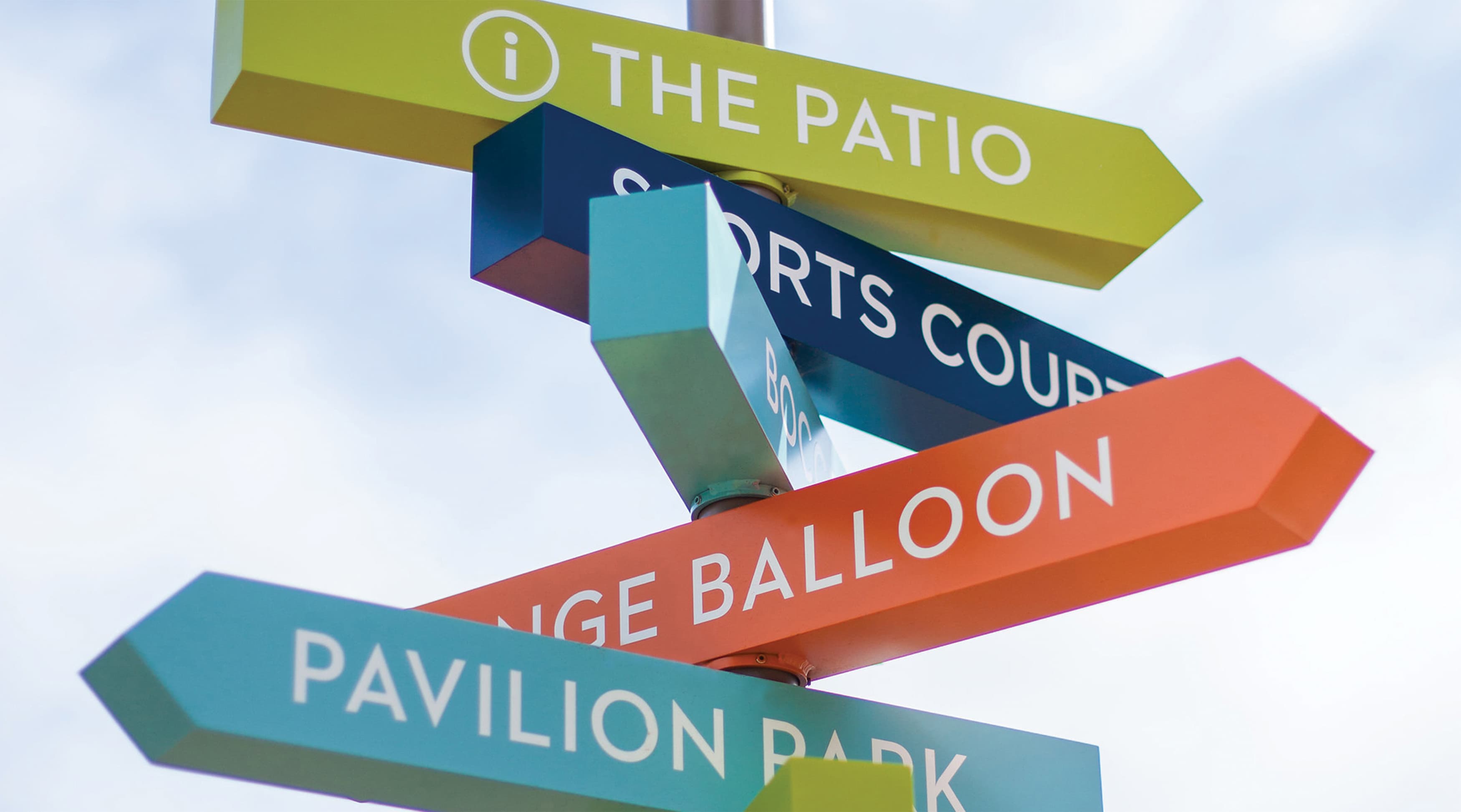
Urban planning and placemaking are frequently linked, but placemaking is not just an urban phenomenon. While they have different approaches, they are not mutually exclusive. In fact, successful placemaking often depends on effective urban planning. Initiatives at a small scale can help to inform and shape urban planning policies and strategies, while urban planning can provide the framework and resources needed to support placemaking efforts. Together, these approaches can help to create vibrant and livable urban environments that meet the needs of their residents and visitors.
Placemaking has numerous benefits for communities, including:
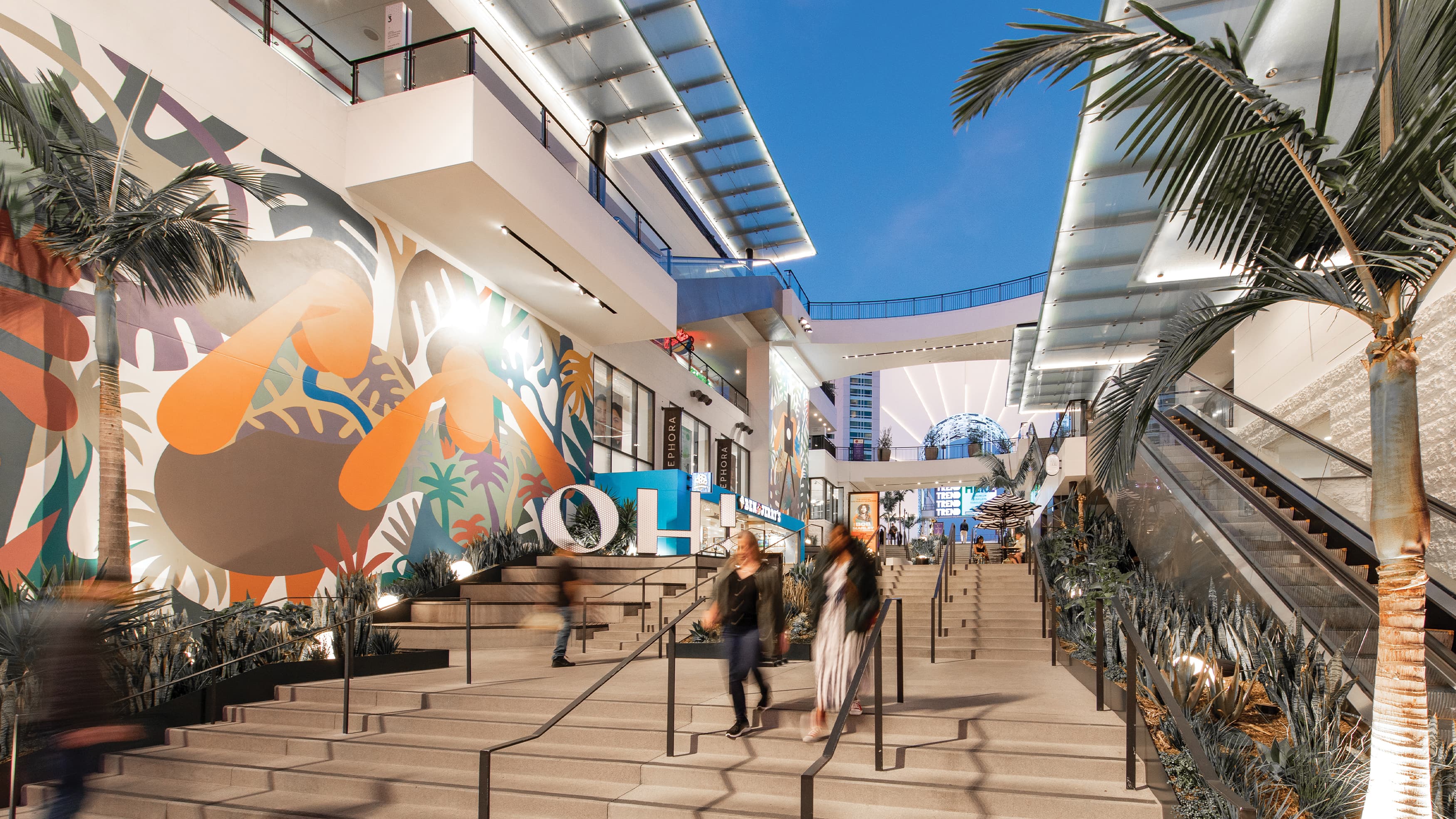
Placemaking design is an essential process for creating public spaces that are engaging, functional, and reflective of the community. Whether in an urban core, suburban neighborhood, or rural community placemaking has the ability to transform public spaces. By prioritizing the needs of the community and fostering a sense of ownership and belonging among local residents, placemaking design can help to create more livable, sustainable, and equitable cities and communities.
